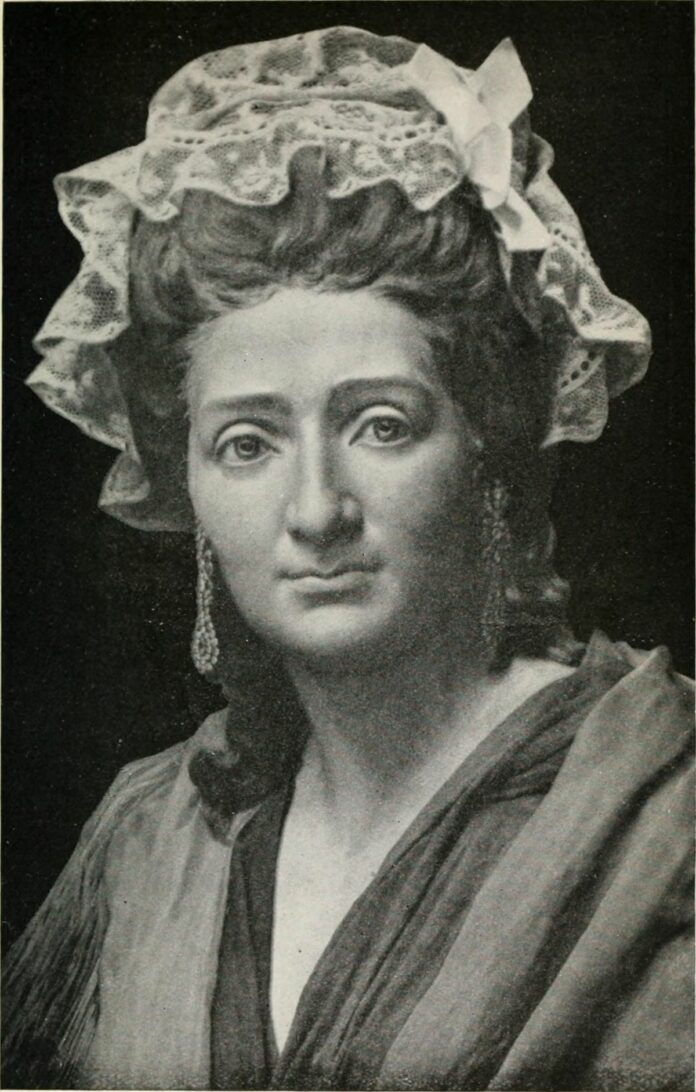Who hasn’t heard of Madame Tussauds wax museum? This fascinating place offers the opportunity to see lifelike replicas of historical figures and celebrities, with each wax figure crafted so precisely that the only way to distinguish them from real people is their stillness. Every figure is a true work of art.
Facts About Madame Tussauds Museum:
- Madame Tussaud was born with the surname Grosholtz, and she acquired the name Tussaud after her marriage. Although the marriage eventually ended, she chose to keep the surname, especially since she and her husband had two children during their time together.
- A wax replica of Madame Tussaud herself was created over a century and a half ago.
- The museum continues to add new figures to its collection, but on average, only three new wax figures are created each year. Each figure takes months of meticulous work to complete.
- The main collection of Madame Tussauds is located in London and includes over a thousand wax figures. The museum also has branches in 23 other cities around the world.
- In the early years after its opening, her museum was located on London’s Baker Street, a name familiar to anyone who knows who Sherlock Holmes is.
- Each wax figure created at Madame Tussauds has detailed documentation that allows for its reconstruction. After a fire in 1924 that destroyed the museum’s old building and a significant portion of the exhibits, lost figures were recreated using these records.
- When the French Revolution began, Anne Marie Tussaud was imprisoned in the Bastille due to her close ties to the royal court. However, her exceptional skills led to her release, as the revolution’s leaders wanted wax replicas of themselves.
- Madame Tussaud’s interest in wax figures began in her childhood. Her father worked on creating anatomical wax figures, and she often assisted him.
- The first person she created a wax figure of entirely on her own was the famous French writer Voltaire.
- There are 10 branches of Madame Tussauds in Asia, more than in any other part of the world. There are 5 in Europe, 7 in North America, and one in Australia.
